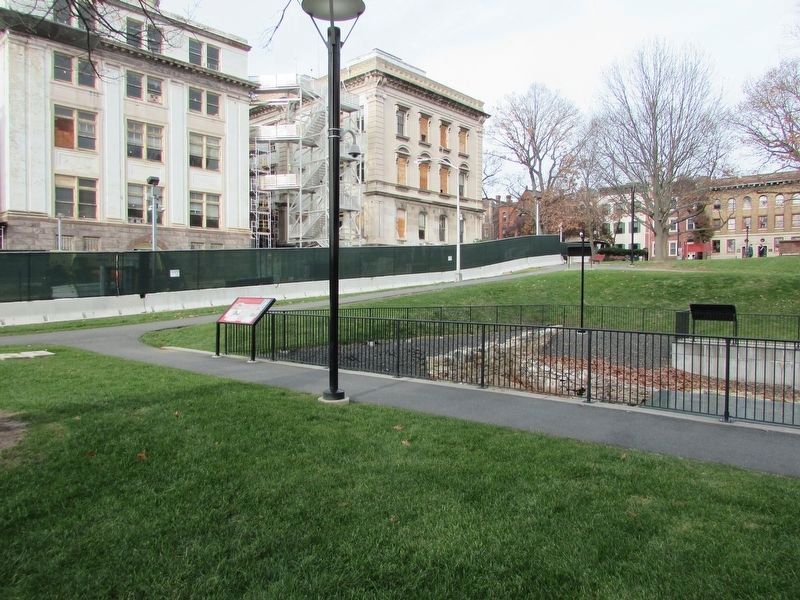Historic Happenings: Producing Paper in the Capital City

Although it’s not something we often think about, paper is one of the most transformative inventions in the history of man. The invention of paper and, later, the printing press has empowered mankind to spread information and knowledge like never before in our history. Although much of our day-to-day life has since been digitized, paper and its production remain integral to our industrial and educational economy. As a community with a rich industrial history, it is no surprise that Trenton, historically and in the present era, has played a role in producing this critical resource. Today, let’s journey through Trenton’s industrial past and explore the Capital City’s role in producing paper.
The City of Trenton has been a beacon for industry and productivity since its founding. Conveniently located between several major ports, waterways, and railroads, it is no wonder that our community quickly became a major producer of goods. Trenton’s major foray into the paper industry began in the 18th century when Stacy Potts and John Reynolds devised the community’s first paper mill along the banks of the Assunpink River. The first of many, this paper mill was best known for providing supplies for the New Jersey Gazette, the first newspaper ever printed in Trenton.
While the paper industry has ebbed and flowed in Trenton over the years, perhaps the most famous producer would be the Front Street Paper Mill. From 1827 to approximately 1876, the mill produced printing paper, wrapping paper, paper bags, roofing paper, and more. Garret D. Wall, a well-connected member of New Jersey’s political class, drove the operations. Coming from a long line of legal and political leaders, Wall used his leverage to climb the ranks of political society. Wall would serve in several offices throughout his career, including a U.S. District Attorney, a New Jersey Assemblyman, and even a U.S. Senator. In 1829, he was elected Governor of New Jersey but ultimately chose to allow Peter D. Vroom, who would later become Wall’s son-in-law.
In the 19th century, making paper was far more laborious than it is today. When materials would first come in for processing, employees would have to convert materials like cotton rags and linen to pulp and then later break down the pulp further so that it could be formed into paper. Rags would be bleached, soaked, and ground to a pulp, typically with the assistance of water-powered machinery. Once the pulp was ready to be formed into paper, a mold would be dipped layer by layer and drained of excess water. Once a sheet is formed, the paper must be pressed, dried, prepared, and packaged for purchase. As the Industrial Revolution grew nearer and processes were mechanized, making paper could be done with greater ease, resulting in high product outputs.
Work at the Front Street Paper Mill continued until the 1870s when the mill shut its doors and was replaced by residences. However, you can still see the bones of the Front Street Paper Mill Today. Visit the New Jersey Statehouse adjacent. You will find Petty’s Run, featuring several informative mile-markers that discuss the various titans of industry that once stood here in Trenton. Although the sites and sounds may have changed, the paper industry still lives on in Trenton today; thanks to companies like Trenton Corrugated Products and Crest Paper Products, the industry is still alive and well in the Capital City.
Although paper and its production aren’t something we often consider, the importance of this industry in the development of our civilization cannot be overstated. Let’s take a page out of Trenton’s past and toast our community’s founding leaders of industry!

SOURCES:
- http://www.conservatree.org/learn/Papermaking/History.shtml#:~:text=But%20in%20fact%2C%20paper%20has,it%20was%20a%20recycling%20industry.
- https://www.hmdb.org/m.asp?m=78386
- https://www.trentonhistory.org/His/industries.html
- https://www.mercercounty.org/community/history/beginning-of-an-industrial-giant
The post Historic Happenings: Producing Paper in the Capital City first appeared on TrentonDaily.
Powered by WPeMatico
